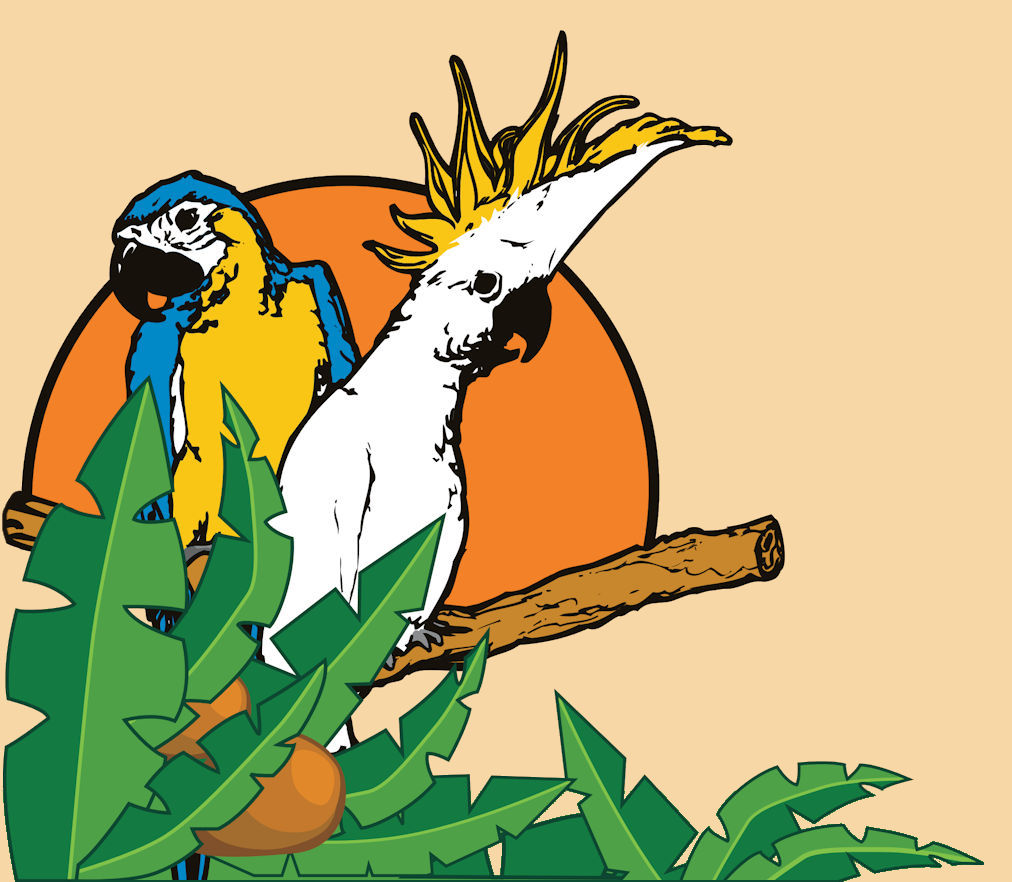Polka dots, stripes, a pop of color, and an adorable song- the Zebra Finch has it all. Native to Australia, large flocks of zebra finches can be found in fields, open plains with sparse trees, and have even adapted to urban areas. These small finches are quite hardy and very prolific, making them a favorite of bird lovers everywhere. In the wild, a diet of small insects, grass seeds, greenery, and millet is consumed. The same can be offered for pet zebra finches, with the addition of pellets, egg food, and a variety of chopped fruits and vegetables.
Because finches have straight beaks, they do not climb and must rely on flying to move about the cage and for exercise. For this reason, it is important to house them in cages that are wider rather than taller. In captivity they can average a lifespan of 5-7 years.
Breeding zebra finches requires little encouragement. Often, when provided with a nest and fibrous materials like short yarn, hay, and grasses, they know what to do. Males are easily recognizable by their orange patches on either side of the face, plus a black bar across the chest. A pair of zebra finches may produce offspring year round, generally laying a clutch of 2-7 eggs at a time. When incubated properly, babies will start hatching between 14-16 days, and ready to leave the nest between 3-4 weeks.
Fun fact: Zebra finches are pint size pioneers of science. Many studies have been done on zebra finches offering us insight on song recognition, male vocalization patterns and learning, human speech, genome mapping, and more!
